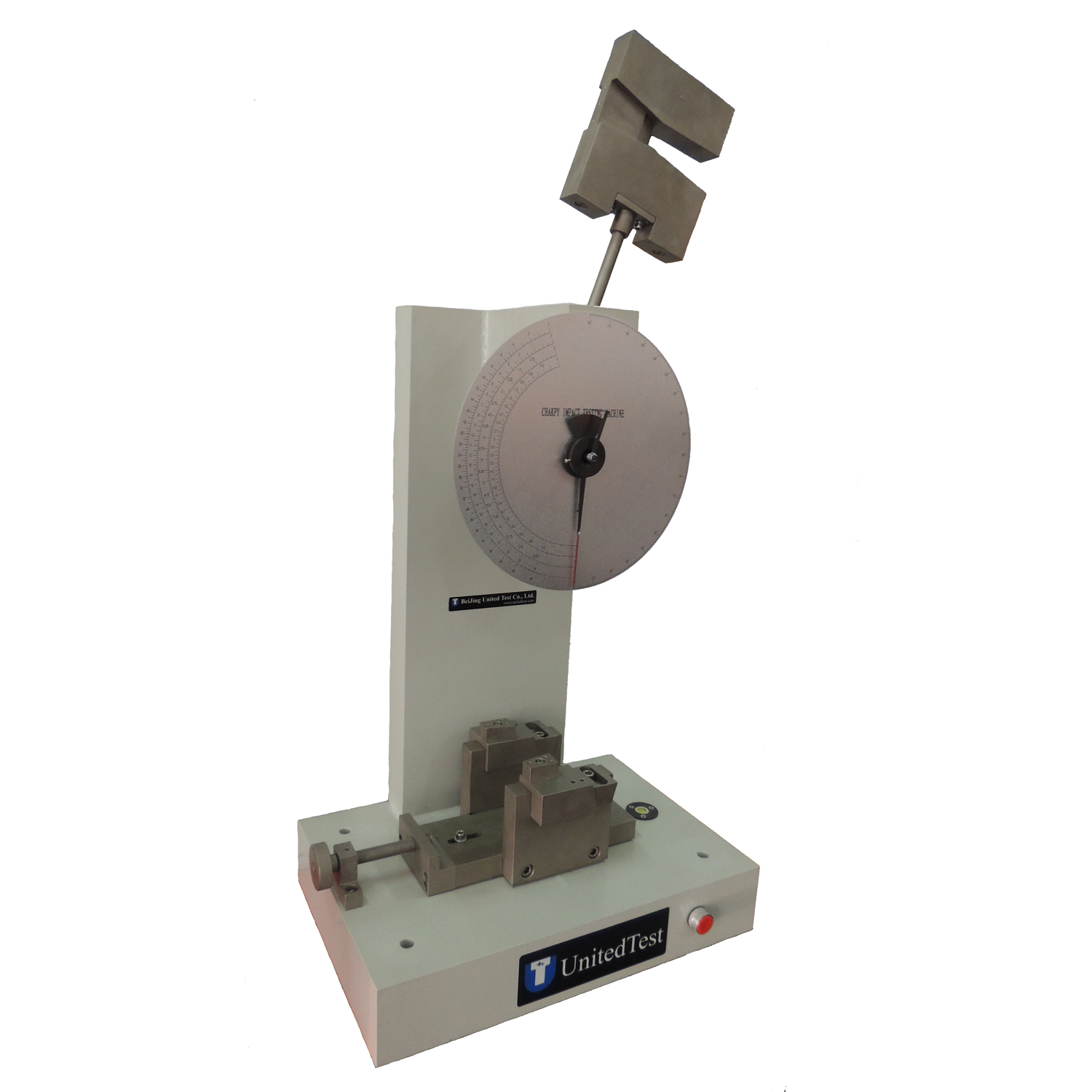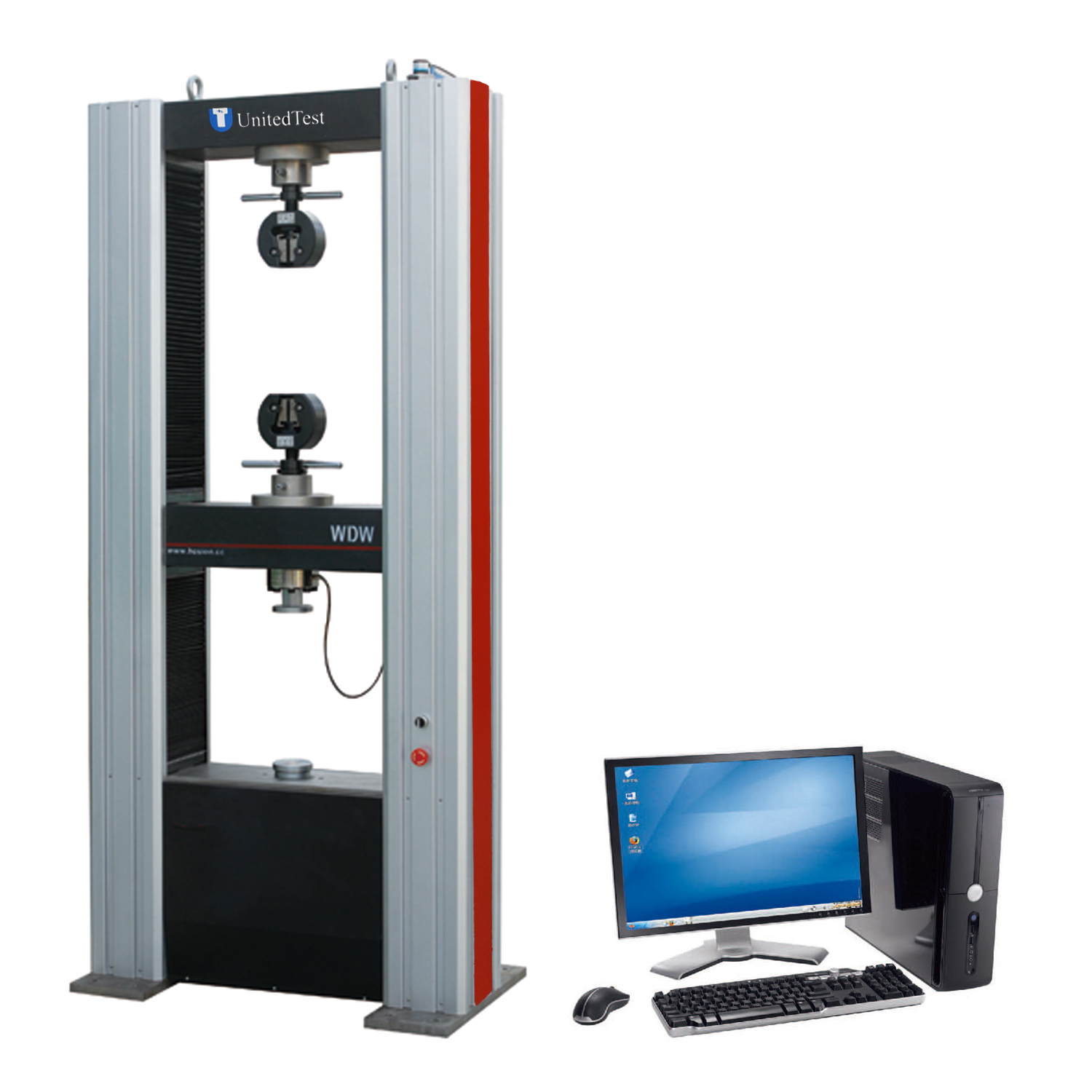ISO 14126 Compression test Fibre-reinforced plastic composites — Determination of compressive properties in the in-plane direction
The ISO 14126 and ASTM D3410 standards describe the shear loading compression test on composites. The objective of this standard test method is the determination of compressive properties in laminate planes.
For this method, the compression force is transmitted via shear forces to the specimen, which is secured in the test fixture and usually includes cap strips. Homogeneous stress distribution is achieved if there is sufficient grip-to-grip separation in the unsupported center area of the specimen.
One of the benefits provided is axial guidance of the specimen during the test, as well as the elimination of force application via the end faces. This eliminates the need for high-precision preparation of the specimen end faces.


Test Method Summary
Compression testing of fibre-reinforced composites per ISO 14126, is used to determine mechanical material property data that are of interest for design specification and quality control.
Uniaxial compression force is applied to a rectangular test specimen held in hydraulic wedge grips or a loading fixture to investigate the stress/strain behavior and critical materials properties including compression modulus, compression strength and compressive failure strain. The standard supports loading fixtures that provide shear loading, end loading or mixed loading of the specimen. The standard addresses fibre-reinforced thermosetting and thermoplastic composite materials.
The compression test is performed by placing the loading fixture with the test specimen between compression platens of either a servohydraulic or an electromechanical testing machine and subjecting the specimen to controlled compression load until failure. The specimen response can be measured with a contacting or non-contacting extensometer or strain gauges on both faces of the specimen.












